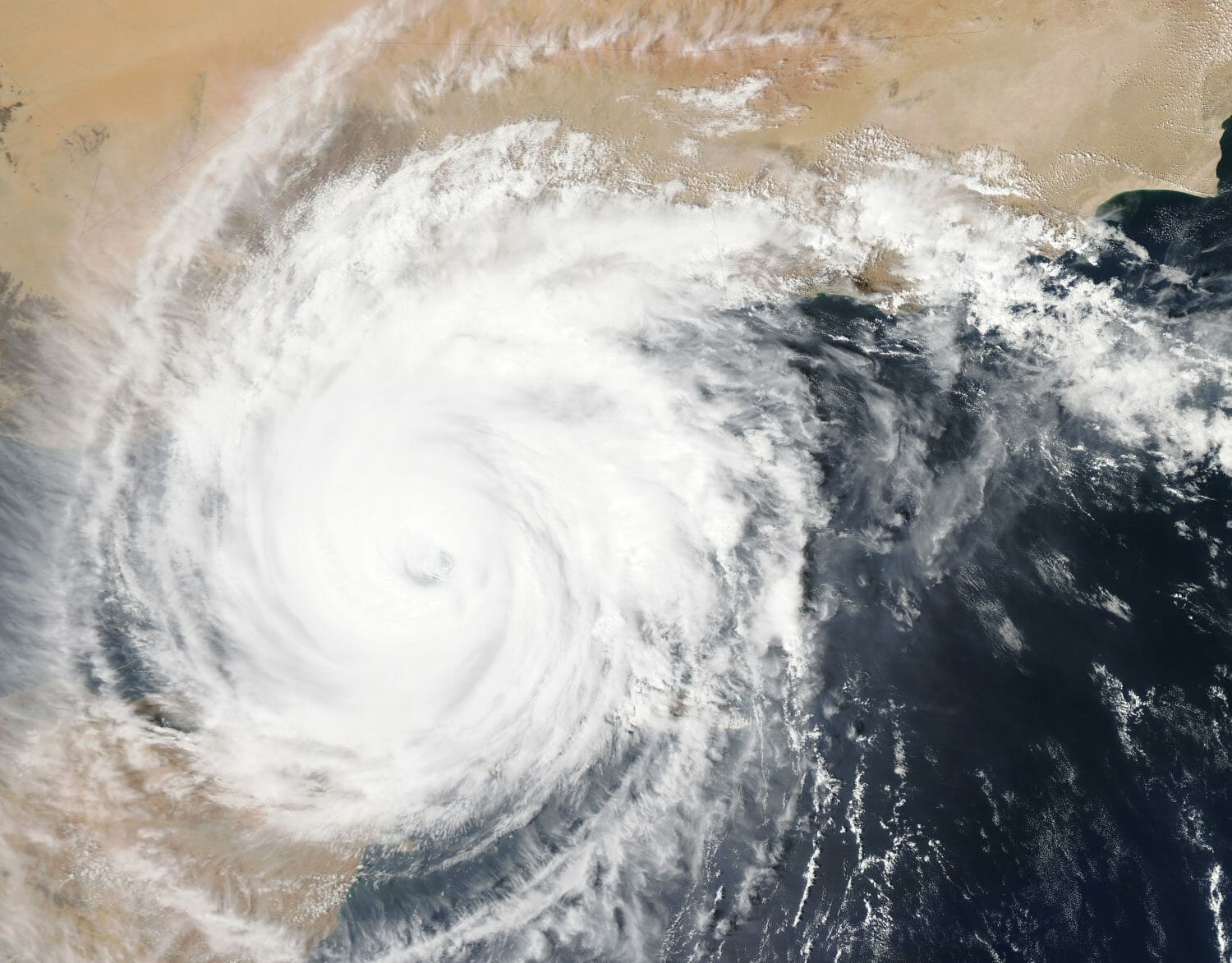
Articles
eLearning Helps Classes Stay on Track During Hurricane Season
By Cait Etherington
September 10, 2017
Even before Irma hit the Florida coast, Gov. Rick Scott had ordered all public schools, colleges and universities across the state to close through to Monday. As Gov. Scott stated, “I am directing the closure of all public schools, state colleges, state universities and state offices for their normal activities effective Friday through Monday, to ensure we have every space available for sheltering and staging. Floridians are facing a life-threatening storm in Hurricane Irma, and every family must prepare to evacuate.” By then, however, many schools had already cancelled classes voluntarily and for an even longer period of time. Gov. Scott ordered all schools to close so that their buildings could be used as potential shelters, but the safety of students and faculty was also at the forefront for many school administrators.
The decision to shut down schools even prior to Irma’s arrival likely reflects the fact that the Florida crisis is unfolding as residents of Houston and the surrounding region attempt to get back to classes. In other words, Florida’s school administrators have also been watching to see how Houston’s schools, college and universities were impacted and managed to stay connected throughout their crisis. Just as some schools located in northern regions of the nation have started to replace snow days with virtual school days, in the South, public schools, colleges and universities are increasingly relying on eLearning to keep classes on schedule, even during weather crises. This year, as the region is devastated by a series of hurricanes, eLearning is already proving critical.
Houston Area Colleges Responded to Hurricane Harvey with Online Courses
 The Kingwood area north of Houston was slammed by Harvey, but it was the runoff from the storm that caused the most damage. In fact, the Lone Star College system has closed its Kingwood campus and doesn’t expect it to be back up and running for two months. Despite this, Lone Star College remains in full operation.
The Kingwood area north of Houston was slammed by Harvey, but it was the runoff from the storm that caused the most damage. In fact, the Lone Star College system has closed its Kingwood campus and doesn’t expect it to be back up and running for two months. Despite this, Lone Star College remains in full operation.
The Lone Star College system’s chancellor, Steve Head, told Inside Higher Education that more than 35,000 of the system’s nearly 90,000 students are already enrolled in online courses: “We’re very technologically advanced here. If students can get themselves to the campus at any of our locations, then you can do your work there or at home.” Head added that the system has also decided to scale up its eLearning in response to Harvey’s devastation. The system was already trending in that direction anyway, he explains, but due to the long-term shut down of at least one Lone Star College campuses, instructors at impacted colleges are taking four-hour sessions to refine their online teaching abilities. The system also has plans to accelerate some other digital learning projects that were already in their early stages. As Head emphasizes, ““We just need to be thinking about how we can best meet [students] needs.” At this moment, that evidently means moving more classes online.
eLearning for All Disasters
 For nearly a decade, Palm Beach Atlantic University in southeast Florida has had in a plan to move courses online in the event of a crisis. Jonathan Grenz, the ministry school dean at Palm Beach Atlantic University, told Insider Higher Education, “We live in Florida, so we’re always going, ‘Well, we could have one.” The university is among those currently closed for the crisis, but working to ensure courses remain accessible whether or not students and faculty can be on campus.
For nearly a decade, Palm Beach Atlantic University in southeast Florida has had in a plan to move courses online in the event of a crisis. Jonathan Grenz, the ministry school dean at Palm Beach Atlantic University, told Insider Higher Education, “We live in Florida, so we’re always going, ‘Well, we could have one.” The university is among those currently closed for the crisis, but working to ensure courses remain accessible whether or not students and faculty can be on campus.
However, hurricanes are not the only type of weather disaster that occasionally disrupts classes. In California, there is a constant fear of a major earthquake. In the event of an earthquake, the University of California, Berkeley already has a plan to move classes online via its Canvas LMS, but the university acknowledges the limits of this plan. While of course a mathematics or English may work online, a dance class likely will not. Finally, as reported in an earlier article in eLearning Inside News, eLearning is also increasingly being used to manage snow days. Minnesota, for example, recently announced plans to move K-12 schools online during the state’s frequent snow days.









No Comments